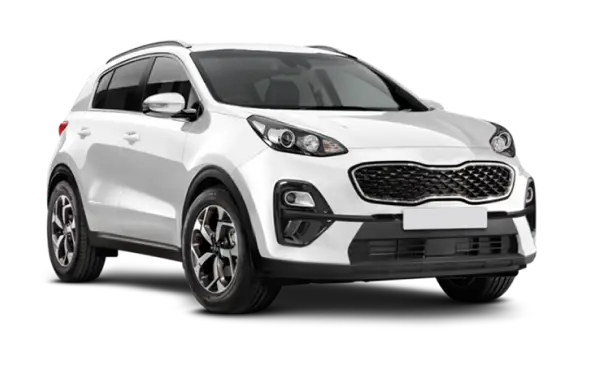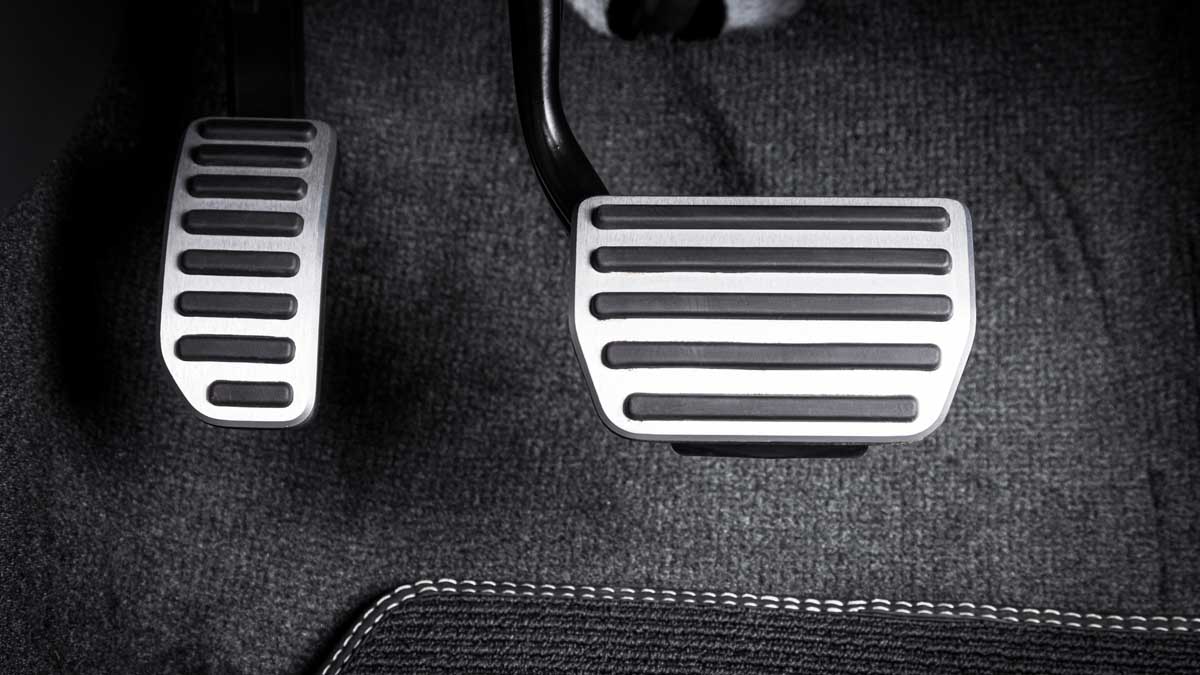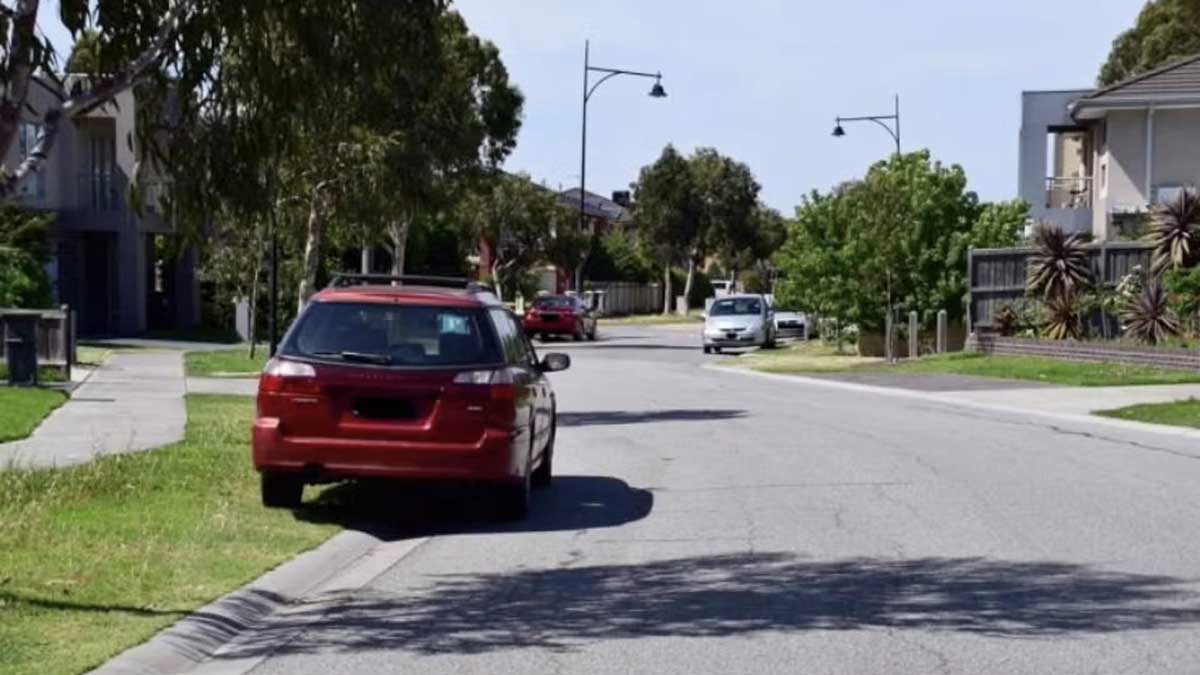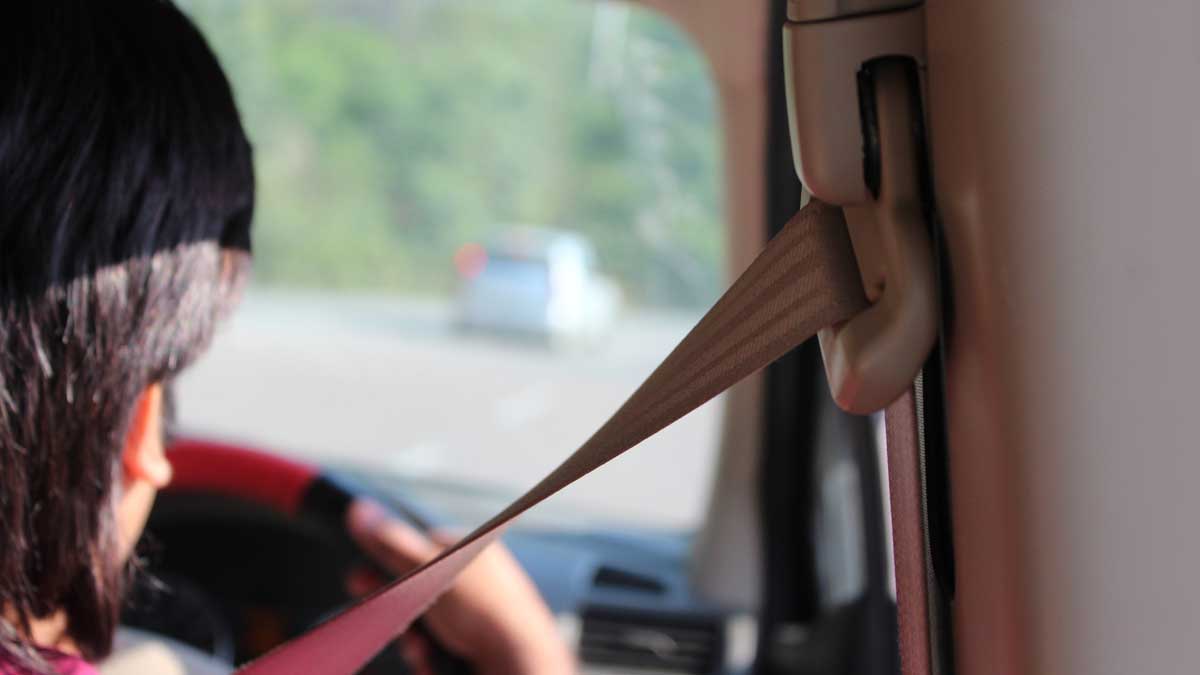We’ve all been in a situation when we’re behind the wheel and something shifts our attention away from the road ahead. Common distractions outside the car include looking at billboards, staring at road construction or accidents, or being startled by sirens wailing. You may also encounter distractions inside the car like other passengers talking, adjusting the radio, looking at the GPS, checking on pets or even eating and drinking.
But taking your eyes off the road for even a second or two significantly increases your chances of having an accident. Keep in mind that distracted driving slows your reaction time, and is a major cause of accidents, particularly rear-end crashes. There are 3 types of distracted driving that could impact your driving, but luckily, there are also many ways to avoid these distractions so you can keep yourself and other road users safe.
Physical Distractions
When you’re driving and you remove one or both hands from the steering wheel, this counts as a physical distraction. Using your phone while driving may be tempting, but it’s illegal across Australia as it poses a huge risk to you and other road users. Other common physical distractions include eating and drinking, adjusting side mirrors, changing the radio, trying to set the GPS, and doing personal grooming such as fixing your hair or putting on makeup.
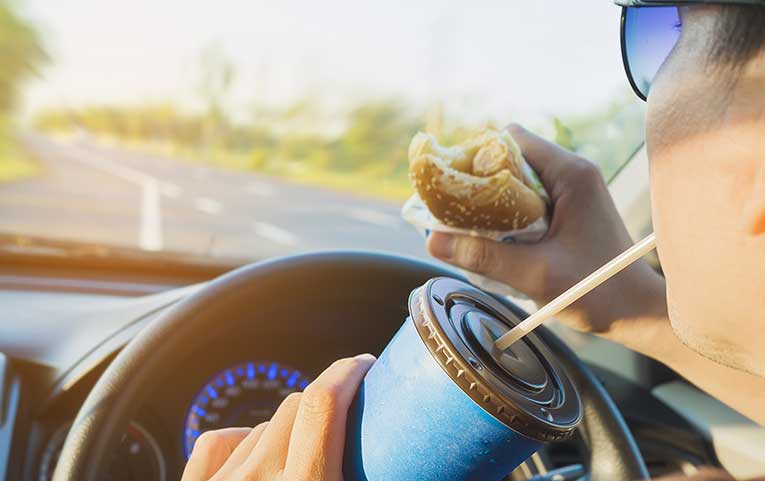
Visual Distractions While Driving
Anything that causes you to take your eyes off the road when you’re driving is a visual distraction. Looking at a phone screen is a common visual distraction, but looking away from the road to check on passengers or pets is also dangerous.
Cognitive Distraction
A cognitive distraction is when your mind drifts to other things, you daydream while driving or you’re engaged in conversations (either on the phone or with your passengers) and your attention shifts away from driving.
Avoiding Distractions While Driving
- Keep both hands on the steering wheel so that you’re in control of the vehicle.
- You shouldn’t be using your mobile phone while driving. If you hold a full licence, you are allowed to make or receive calls and play audio from your phone if it’s hands-free. Make sure your phone is connected to the Bluetooth in your vehicle before you start driving.
- If your phone is secured in a commercially designed holder that is fixed to the vehicle, fully licenced drivers can also use their mobile phone for GPS. You should make sure you’ve planned your route and set your GPS before you start driving. If you need to make changes to your GPS, you’ll need to pull over to do so.
- Stop for a break if you need to eat and drink.
- If you’re feeling fatigued, feel like you’re losing focus, or you’re driving long distances, make sure you stop and take regular breaks.
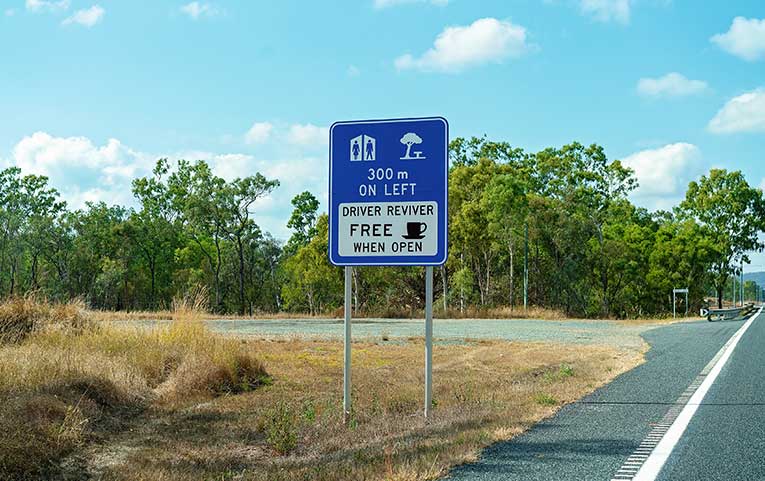
- Adjust your seat, mirror, and radio before you start driving.
- Make sure you’re ready before you leave the house – put your makeup on, style your hair and finish getting dressed before you get into the car.
- Make sure passengers are wearing their seatbelts before you start the engine and in the case of children, ensure they have the correct child restraint or booster seat.
- If you’re travelling with pets in your vehicle, make sure they’re in a proper carrier or are correctly restrained before you start driving.
- Keep your eyes on the road ahead.
- If your passengers are distracting you, let them know.
What If I’m In An Accident That’s Not My Fault?
Even if you avoid distractions while driving, another driver may not be doing the same. If you’ve been in an accident and need not at fault car hire, you have rights that mean you may be entitled to a like-for-like accident replacement vehicle for the entire duration of your repairs – at no cost to you. Check your eligibility and apply now.


